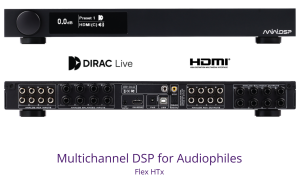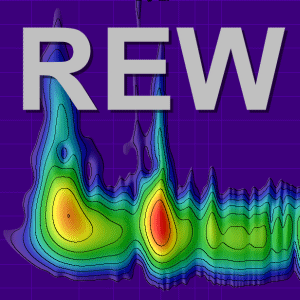I've had no changes to my system since my last set of "reference" measurements. But after a rather nasty electrical incident I decided to run new sweeps and compare them to my references. I set up my UMIK-1 in its standard position (it's always in the same place, +/- 1/4-1/2"), and set the Calibration level at the same amplitude (75 dB(C), +/- a tenth or so). The SPL sweeps looked about the same. I did Trace Arithmetic subtraction of one from the other and got pretty much nothing. But when I looked at the Distortion graphs I was surprised (and now worried). Here's what it looked like before the incident:

and here's what it looks like after:

To me this looks like something happened, but I'm not an expert in interpreting distortion data. I don't know if slight mic position differences could cause this, or anything else for that matter other than some potential damage. Audibly, the music sounds the same as always... I think. My room is well treated acoustically and there was no outside noise or other intrusions when I did any of these sweeps.
and here's what it looks like after:
To me this looks like something happened, but I'm not an expert in interpreting distortion data. I don't know if slight mic position differences could cause this, or anything else for that matter other than some potential damage. Audibly, the music sounds the same as always... I think. My room is well treated acoustically and there was no outside noise or other intrusions when I did any of these sweeps.








 Can you help me understand what could cause this degree of variation in the noise floor?
Can you help me understand what could cause this degree of variation in the noise floor?






